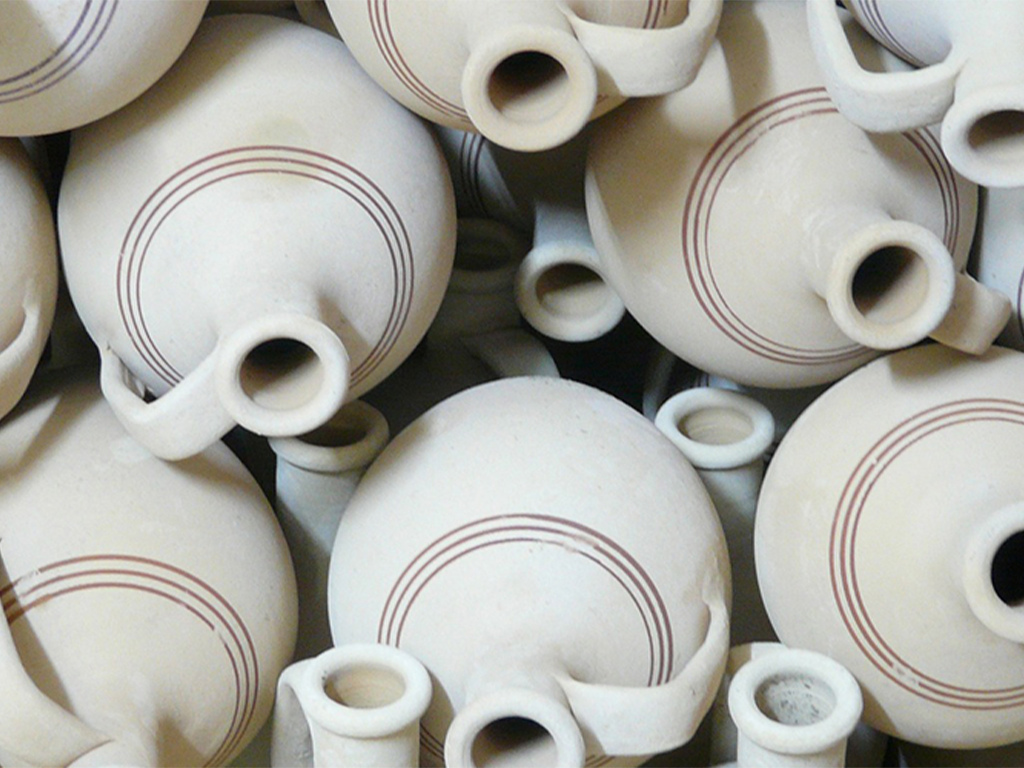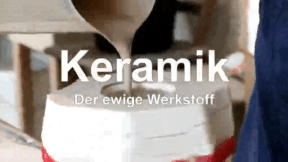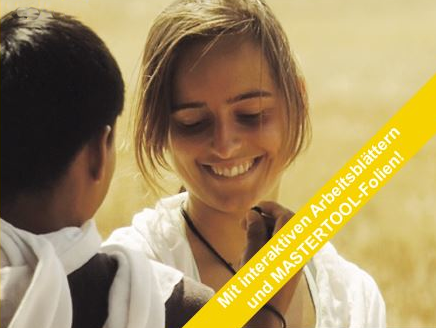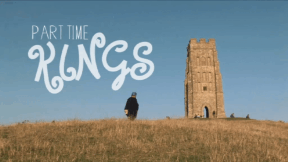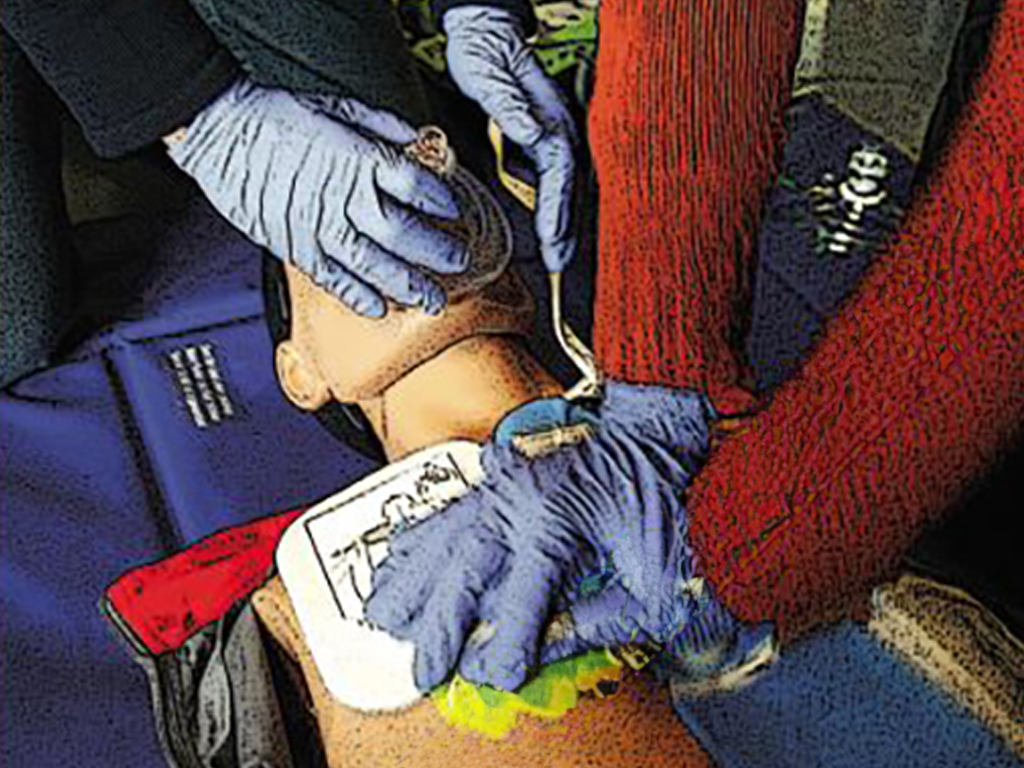 Chemistry
Chemistry

46500921 / 55500677
Solutions, Emulsions and Mixtures of Substances
Properties and Uses
Be it milk in a cereal bowl, tea in a glass or the air around us. We constantly come across mixtures of substances in our everyday lives. As the name suggests, they are mixtures – mixtures of several so-called pure substances.
They are, for instance, the chemical elements listed in the periodic table. These are substances that only consist of one single element, for example sulphur. But there are also pure chemical compounds such as distilled water or sodium. If you solve sodium or other substances in regular water, the result is a mixture of substances. A mixture is formed from different chemical compounds. With mixtures of substances like this, the source substances remain in the mixture as individual units – even if you cannot distinguish them with the naked eye. Nevertheless, they can be divided into their individual components with the help of various separation methods.
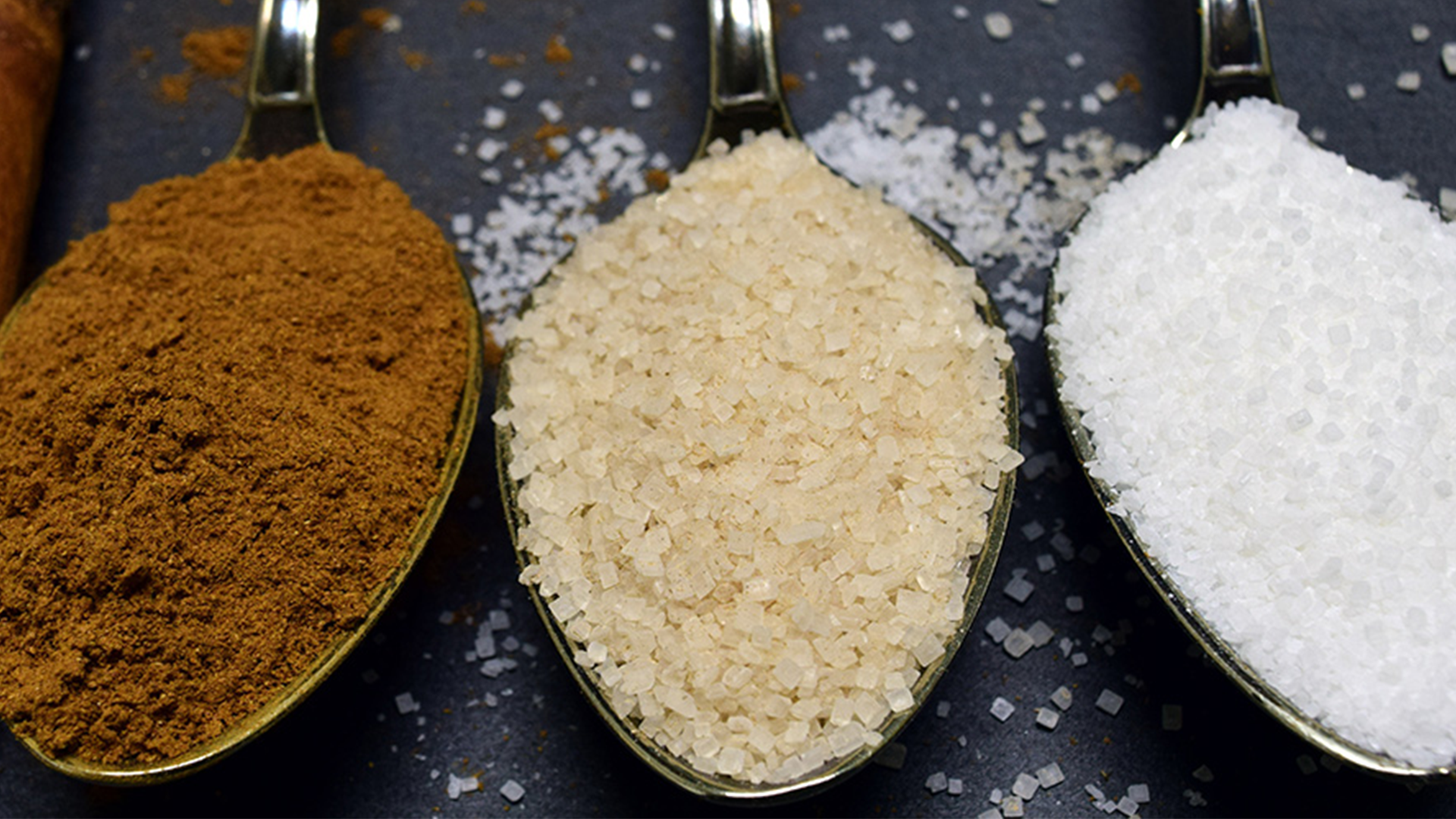
Curriculum-centred and oriented towards educational standards
Matching
Ceramic
Ceramics are indispensable in our everyday lives. We eat from ceramic plates, drink from ceramic cups, use tiled ceramic bathrooms. But how is ceramic manufactured? The film reveals the secrets of this fascinating material! We get to know more about the beginnings of ceramic in the Old World of Egypt and Mesopotamia, about Greece, China and Rome. We gain interesting insights into the valuable earthenware and are also shown the exquisite further development of the "white gold". Today this versatile material is irreplaceable in industry, too. Whether in space or as an easily compatible substitute in medicine, ceramic is applied in many places.




